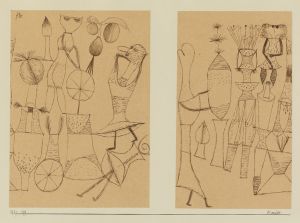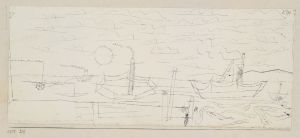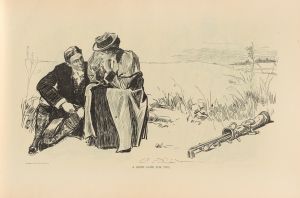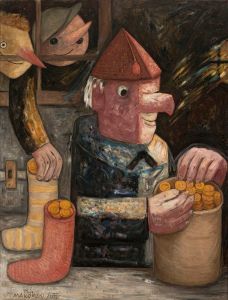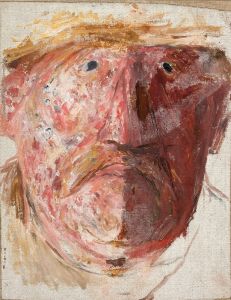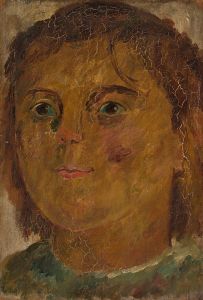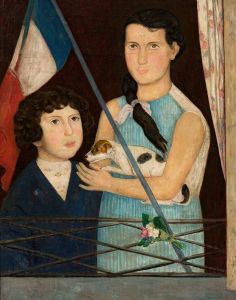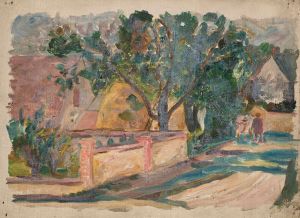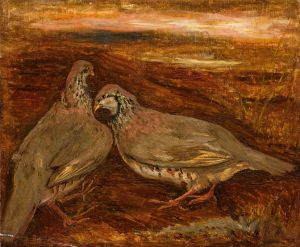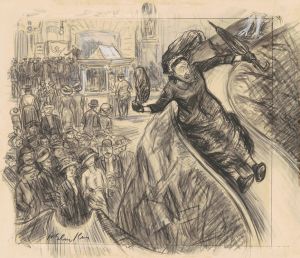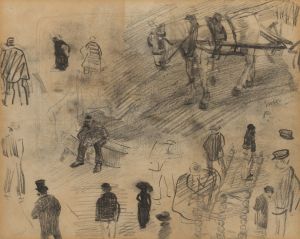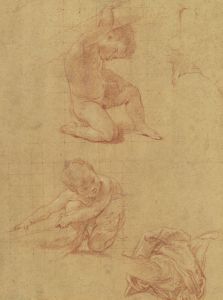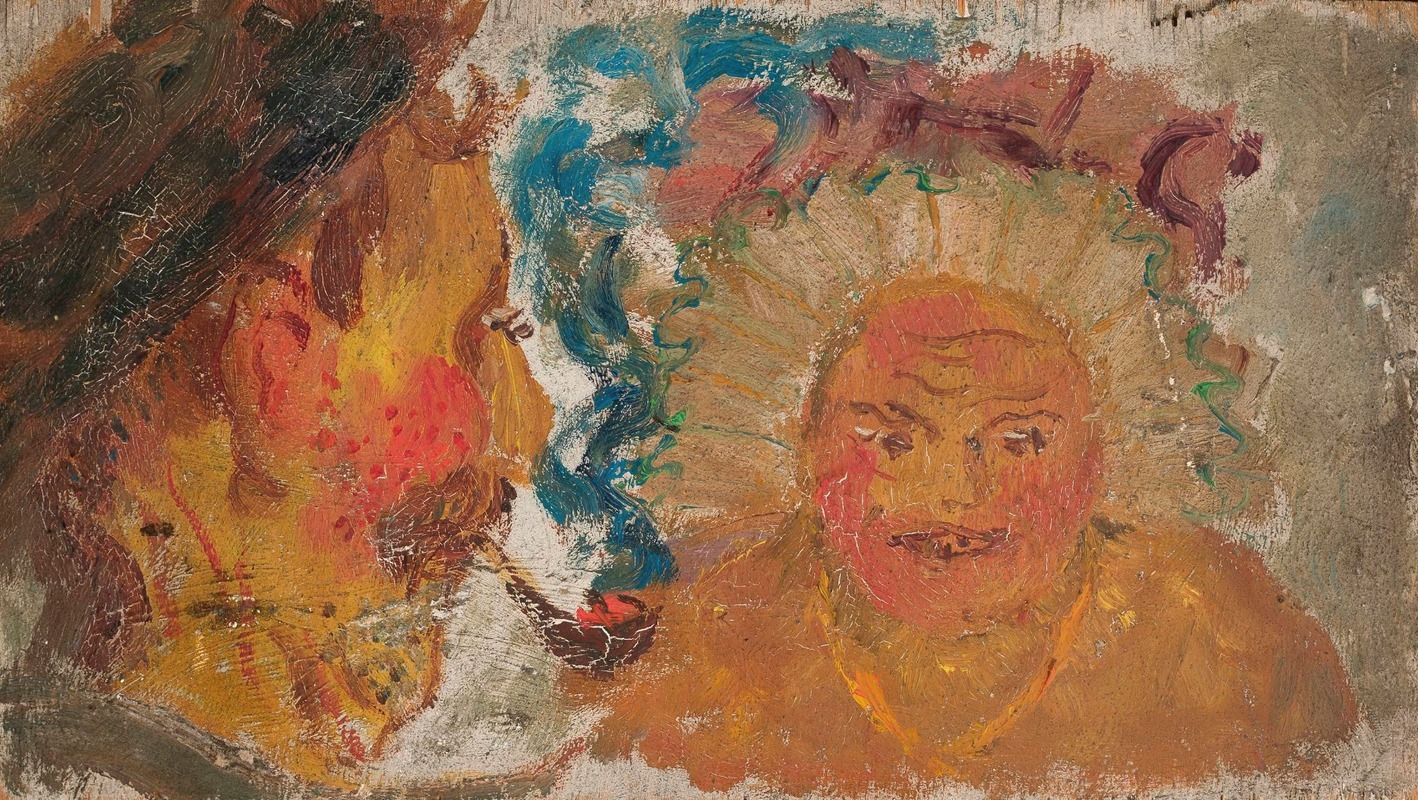
Two heads
A hand-painted replica of Tadeusz Makowski’s masterpiece Two heads, meticulously crafted by professional artists to capture the true essence of the original. Each piece is created with museum-quality canvas and rare mineral pigments, carefully painted by experienced artists with delicate brushstrokes and rich, layered colors to perfectly recreate the texture of the original artwork. Unlike machine-printed reproductions, this hand-painted version brings the painting to life, infused with the artist’s emotions and skill in every stroke. Whether for personal collection or home decoration, it instantly elevates the artistic atmosphere of any space.
Tadeusz Makowski was a Polish painter known for his unique style that combined elements of folk art, symbolism, and modernism. Born in 1882 in Oświęcim, Poland, Makowski initially studied classical philology before pursuing art at the Academy of Fine Arts in Kraków. He later moved to Paris, where he became part of the vibrant artistic community and was influenced by the works of the Cubists and other modernist movements.
"Two Heads" is one of Makowski's notable works, although specific details about this painting are scarce. Makowski's oeuvre often features simplified forms and a focus on the human figure, frequently depicting children and scenes from everyday life with a whimsical and sometimes melancholic touch. His style is characterized by a blend of geometric shapes and a muted color palette, which can be seen in many of his paintings.
In "Two Heads," Makowski likely employs his signature style of using geometric simplification to portray the human form. This approach aligns with his broader body of work, where he often reduced figures to their essential shapes, creating a sense of innocence and naivety. This technique reflects his interest in the purity and simplicity of children's art, which he admired and sought to emulate in his own work.
Makowski's time in Paris exposed him to various avant-garde movements, including Cubism, which influenced his approach to form and composition. However, he maintained a distinct personal style that set him apart from his contemporaries. His paintings often evoke a sense of nostalgia and introspection, inviting viewers to engage with the emotional undercurrents beneath the surface simplicity.
Throughout his career, Makowski exhibited his work in various galleries and salons, gaining recognition for his unique artistic vision. Despite the challenges of living through tumultuous times, including World War I and the interwar period, he continued to produce art that resonated with both Polish and international audiences.
Makowski's contribution to art extends beyond his paintings; he is also remembered for his writings on art theory and his reflections on the creative process. His work remains influential, and he is considered an important figure in Polish art history. Today, his paintings are held in various collections, including the National Museum in Warsaw and the Musée National d'Art Moderne in Paris.
While specific information about "Two Heads" is limited, it can be appreciated within the broader context of Makowski's artistic legacy. His ability to convey deep emotion through simple forms and his dedication to capturing the essence of human experience continue to inspire artists and art enthusiasts alike.





